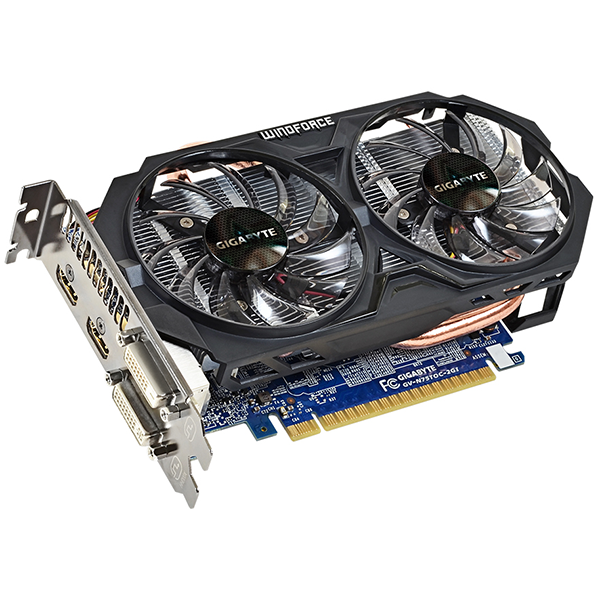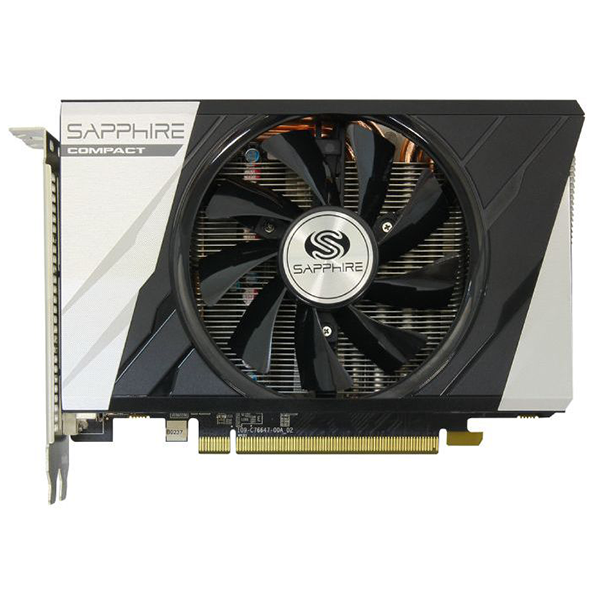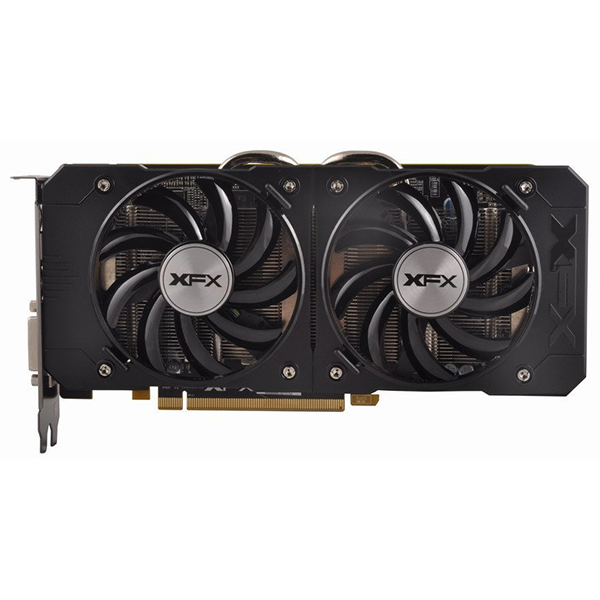Asus GeForce GTX 950 Strix Review
Today we get our first look at Nvidia's latest GPU in Asus' GeForce GTX 950 Strix.
Why you can trust Tom's Hardware
How We Test
Test System Components
All of the tests run on this card were performed using our reference system. Each reviewer for Tom’s Hardware has the same setup, which consists of an Intel Core i7-5830K running at 4.2GHz, paired with 16GB of Crucial Ballistix Sport DDR4 and a pair of 500GB MX200 SSDs. The board we use is an MSI X99S Xpower AC, and the system is powered by a Platinum-rated 850W power supply from be quiet!. All of the components are installed into a Lian-Li PC-T80 test bench.
Comparison Products
Software & Drivers
Nvidia is marketing the card as an upgrade for gamers running a GTX 650 or less. We’ve included a GTX 650 in this test to show how much of an improvement the GTX 950 would be. We’ve also included a GTX 750 Ti and a GTX 960. The 960 is obviously a higher-end board, but it shows what some extra money will buy. The 750 Ti is included as a baseline to show what the 950 offers beyond it. All of the Nvidia cards are tested with the same pre-release GeForce 366.65 driver.
The direct competition for the GTX 950, in terms of cost, is AMD’s R7 370, and the next step up is the R9 380. We have samples of both on-hand, so they were added to the comparison. AMD's boards are tested using Catalyst 15.7.1
| Direct X | DirectX 11 |
|---|---|
| Graphics Drivers | XFX Radeon R7 370 2GB Black Edition: AMD Catalyst 15.7.1 Sapphire Radeon R9 380 ITX: AMD Catalyst 15.7.1 Gigabyte GeForce GTX 650: Nvidia 355.65 driver Gigabyte GeForce GTX 750 Ti: Nvidia 355.65 driver Asus GeForce GTX 950 Strix: Nvidia 355.65 driver Zotac GeForce GTX 960 AMP!: Nvidia 355.65 driver |
Benchmarks
| Middle-earth: Shadow of Mordor | Built-in benchmark, 40-sec Fraps, Very High preset |
|---|---|
| Battlefield 4 | Custom THG Benchmark, 100-sec Fraps, Ultra preset |
| Metro Last Light | Built-in benchmark, 145-sec Fraps, Very High preset, 16x AF, Normal motion blur |
| Tomb Raider | Version 1.01.748.0, Custom THG Benchmark, 40-sec Fraps, Ultimate preset |
| Far Cry 4 | Version 1.9.0, Custom THG benchmark, 60-sec Fraps, Ultra preset |
| Grand Theft Auto V | Build 350, Online 1.26, In-game benchmark sequence #5, 110-sec Fraps, FXAA: On, MSAA: off, Texture Quality: High, Shader Quality: Very High, Shadow Quality: Normak, Reflection Quality: Normal, Water Quality: Normal, Particles Quality: Very High, Grass Quality: High, Soft Shadows: Softer, Post FX: High, Anisotropic Filtering: 16x Ambient Occlusion: High |
Noise
My sound measurements were taken in the same manner as the GeForce GTX 960 reviews that I’ve written this year. The test isn’t as detailed or accurate as Igor's, but I also don't have the same kind of equipment. Instead, I use a hand-held dB meter. It's only capable of detecting sound as quiet as 35 dB. Anything lower than that and the meter reads 0 dB. In the graphs, if there is audible noise that is not registered, the graph will show 34 dB to represent that there is some sound, but an unknown level. Seeing 0 dB on the graph means the card made no discernible sound.
Power
To test power consumption using our reference platform, a bit of creative math is needed. Since Haswell-E processors don’t have integrated GPU cores, we can’t boot the system without a discrete board installed to get a baseline. We are able to estimate consumption based on the approximate power draw of the test bench, though. In our observations, we’ve found that the approximate power draw from everything other than the GPU is 120W. By deducting that from the recorded wattage reported on our in-line power meter, we can calculate the approximate draw of the GPU.
Gaming
Most of our benchmarks use the same settings as the high-end GPU reviews. However, GTA V and Shadow of Mordor had to be toned down. The rest of the tests are run with the same settings we've used in the past.
All of the games were run at two resolutions: 1920x1080 and 1366x768. If you are buying a graphics card on this kind of budget, you likely aren’t buying a new display. Many older monitors sport that lower resolution, so we thought it appropriate to include it. In fact, Valve’s most resent Steam survey showed that more than 26% of gamers are running at 1366x768.
Get Tom's Hardware's best news and in-depth reviews, straight to your inbox.
Kevin Carbotte is a contributing writer for Tom's Hardware who primarily covers VR and AR hardware. He has been writing for us for more than four years.
-
g-unit1111 So how does this compare in price to the GTX 960? If it's lower by about $20 - $30 I would think this card would be selling like hot cakes.Reply -
Math Geek very interesting looking card. nvidia has been doing a lot of this lately offering almost the same performance for less money than a pretty new card. it indeed looks like an awesome budget card well above the 750ti and almost as good as the 960 for a lot less.Reply
will be very interested in the other versions of this that show up. nvidia trumps amd yet again. *sigh* when will the carnage end?? please amd do something to stay relevant!!! -
Math Geek ReplySo how does this compare in price to the GTX 960? If it's lower by about $20 - $30 I would think this card would be selling like hot cakes.
article says about $160 so more like $40 less than the amp edition they compared it to. however, with prices at $175 or so on the low end it is closer to an average of $20 or so price drop. which is why he states the 960 should lose the recommendation to this card since it is almost the same performance for a less. if your goal is 1080p at decent frames according to this review there is little reason to spend the extra money on the 960 over the 950. if course this is only price speculation. once they are out, the price will drop more than likely making this even more of a good deal. -
InvalidError This might be the final nail in most of AMD's rebadged products coffins. If my HD5770 decided to die on me in the near future, I would seriously consider the GTX950.Reply -
Math Geek on the high end amd still looks ok with the new stuff but the mid to low end they are clearly not taking the nod at any price point. next gpu chart will probably be all nvidia until the very end when it might dual suggest the 390 with the 970........ maybe......Reply -
Onus I noticed some inconsistencies in the charts; sometimes the GTX750Ti is there, sometimes it isn't. To me, this is the card the GTX950 replaces, although I am disappointed it needs a 6-pin power connector.Reply
The card does look like a winner though, and reinforces a lesson I've ignored to the detriment of my wallet more than once; for a single monitor, $150-$175 is all that needs to be spent on a graphics card in order to get good settings for games.
I have to agree with the sentiment that AMD better get its tail in gear if they want to remain relevant.
-
kcarbotte ReplyI noticed some inconsistencies in the charts; sometimes the GTX750Ti is there, sometimes it isn't. To me, this is the card the GTX950 replaces, although I am disappointed it needs a 6-pin power connector.
The card does look like a winner though, and reinforces a lesson I've ignored to the detriment of my wallet more than once; for a single monitor, $150-$175 is all that needs to be spent on a graphics card in order to get good settings for games.
I have to agree with the sentiment that AMD better get its tail in gear if they want to remain relevant.
I went through the charts. Looks like the only one missing 750ti is Metro at 1080p. I've requested the image be amended. FYI: min 30, avg 39.625, max 54 on the 750ti.
Nvidia has moved the 750ti to the lower price point, but keeping it on the market.
The 950 isn't being positioned by Nvidia as an upgrade from the 750ti, as the performance isn't a big enough jump for most consumers to make the change.
It is however a notable improvement in performance over a 750ti. -
kcarbotte ReplySo how does this compare in price to the GTX 960? If it's lower by about $20 - $30 I would think this card would be selling like hot cakes.
article says about $160 so more like $40 less than the amp edition they compared it to. however, with prices at $175 or so on the low end it is closer to an average of $20 or so price drop. which is why he states the 960 should lose the recommendation to this card since it is almost the same performance for a less. if your goal is 1080p at decent frames according to this review there is little reason to spend the extra money on the 960 over the 950. if course this is only price speculation. once they are out, the price will drop more than likely making this even more of a good deal.
Bingo.
There's very little reason to get a GTX 960 over a 950 at this point in my view. The extra money, albeit only $40 or so, would be better served in a different component, or on a game.
-
logainofhades Reply16493184 said:I noticed some inconsistencies in the charts; sometimes the GTX750Ti is there, sometimes it isn't. To me, this is the card the GTX950 replaces, although I am disappointed it needs a 6-pin power connector.
The card does look like a winner though, and reinforces a lesson I've ignored to the detriment of my wallet more than once; for a single monitor, $150-$175 is all that needs to be spent on a graphics card in order to get good settings for games.
I have to agree with the sentiment that AMD better get its tail in gear if they want to remain relevant.
Maybe that card will be a 940?


